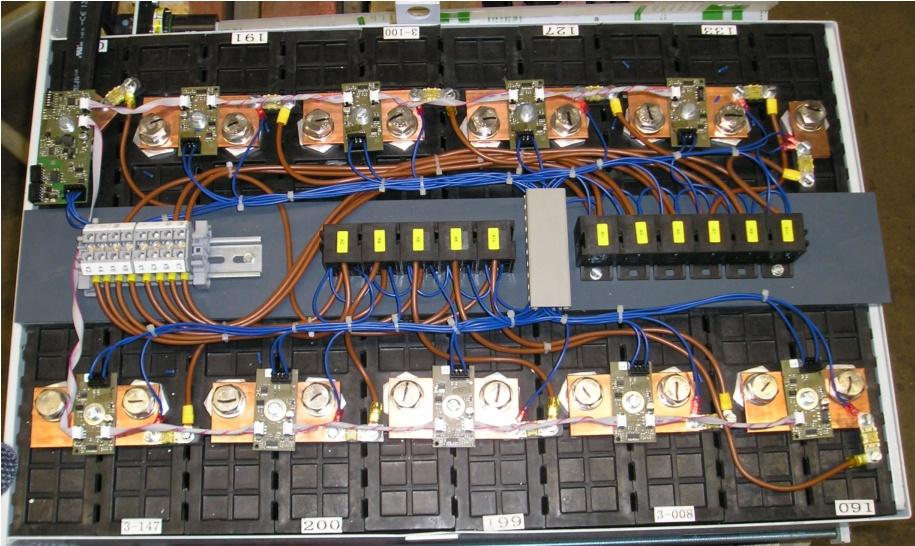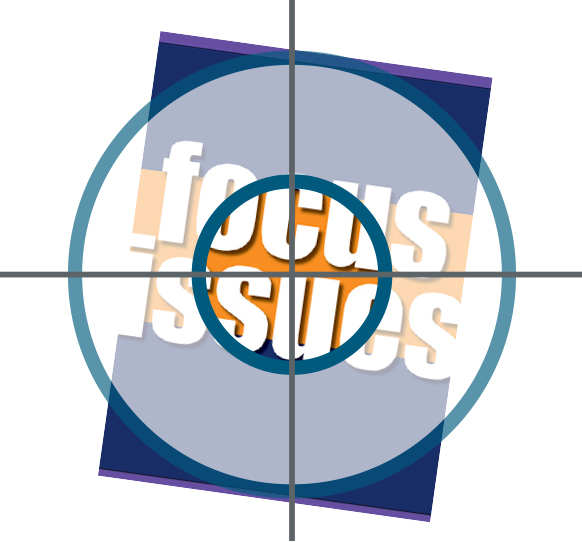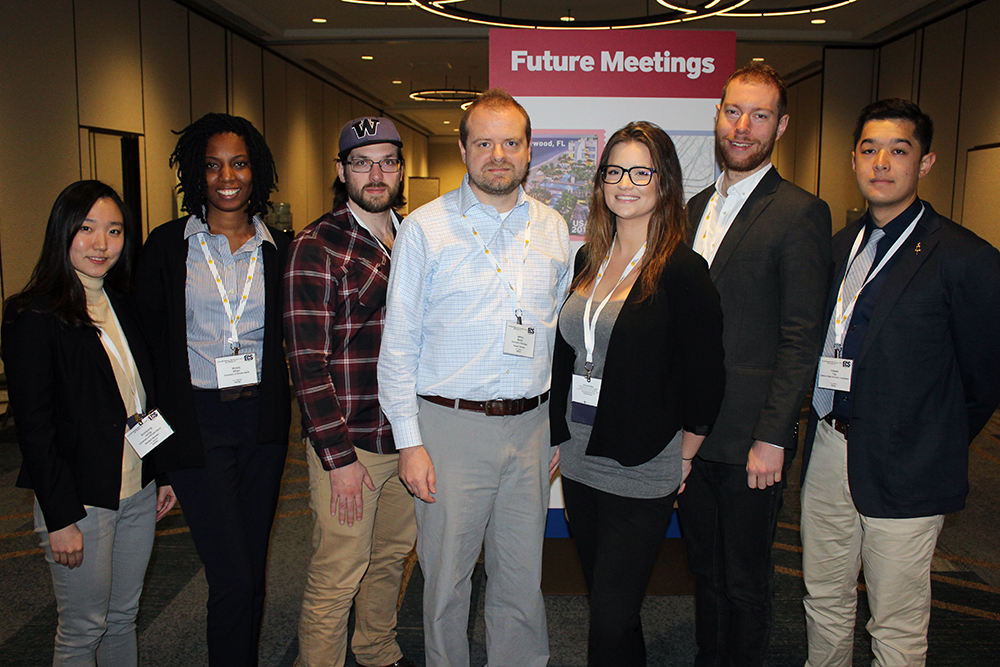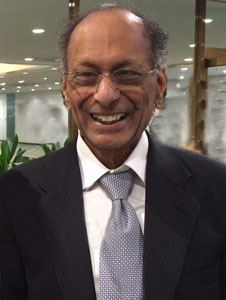![]() The next generation of feature-filled and energy-efficient electronics will require computer chips just a few atoms thick. For all its positive attributes, trusty silicon can’t take us to these ultrathin extremes.
The next generation of feature-filled and energy-efficient electronics will require computer chips just a few atoms thick. For all its positive attributes, trusty silicon can’t take us to these ultrathin extremes.
With two new semiconductors, however, it may be possible.
Electrical engineers have identified two semiconductors—hafnium diselenide and zirconium diselenide—that share or go beyond some of silicon’s desirable traits, starting with the fact that all three materials can “rust.”
“It’s a bit like rust, but a very desirable rust,” says Eric Pop, an associate professor of electrical engineering, who coauthored with postdoctoral scholar Michal Mleczko a paper on the research that appears in the journal Science Advances.
The new materials can also be shrunk to functional circuits just three atoms thick and they require less energy than silicon circuits. Although still experimental, the researchers say the materials could be a step toward the kinds of thinner, more energy-efficient chips demanded by devices of the future.



 The
The 

 Researchers have developed a new method for evaluating drug safety that can detect stress on cells at earlier stages than current methods, which mostly rely on detecting cell death.
Researchers have developed a new method for evaluating drug safety that can detect stress on cells at earlier stages than current methods, which mostly rely on detecting cell death. Researchers have developed an inexpensive and scalable technique that can change plastic’s molecular structure to help it cast off heat.
Researchers have developed an inexpensive and scalable technique that can change plastic’s molecular structure to help it cast off heat.
